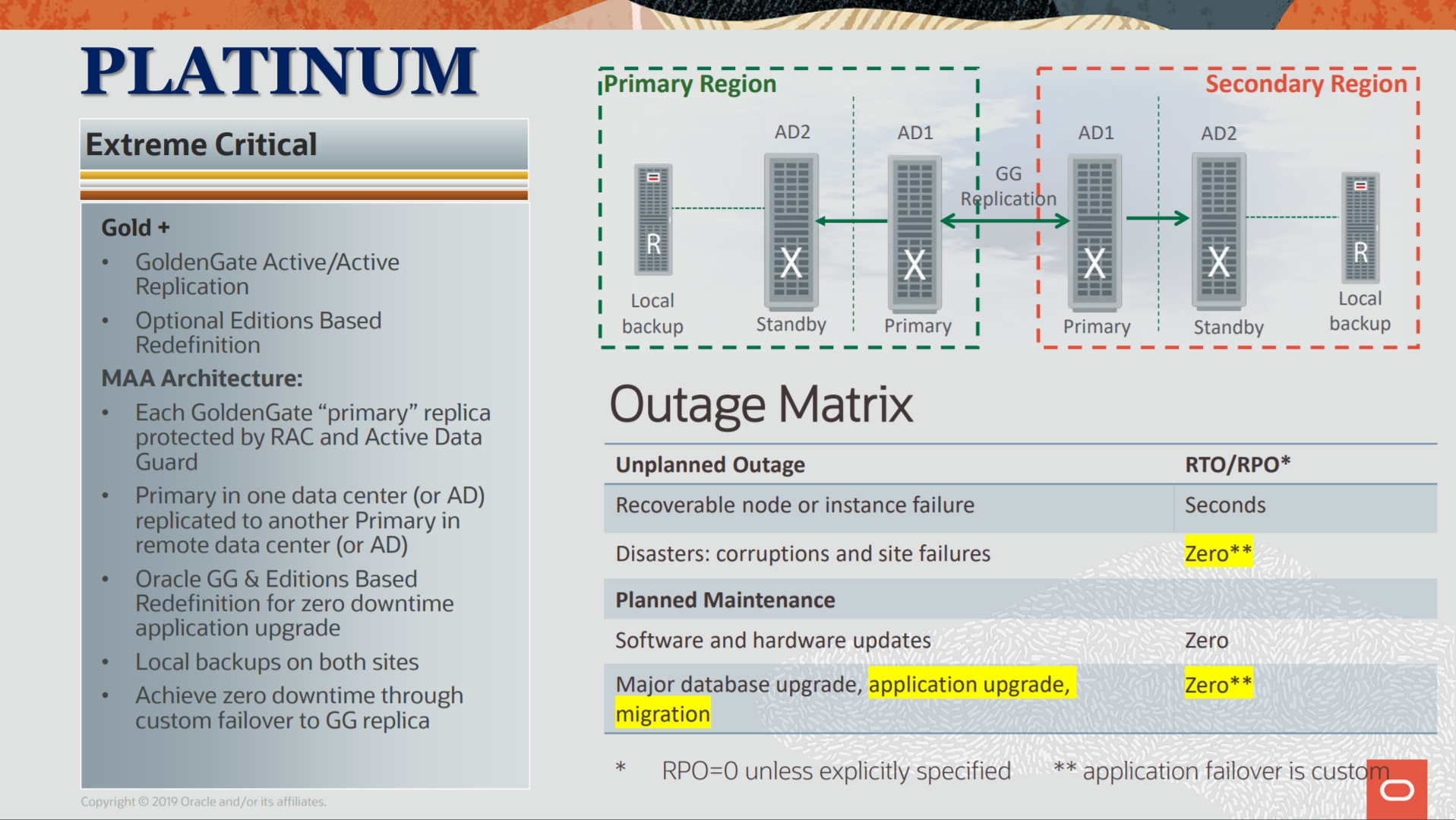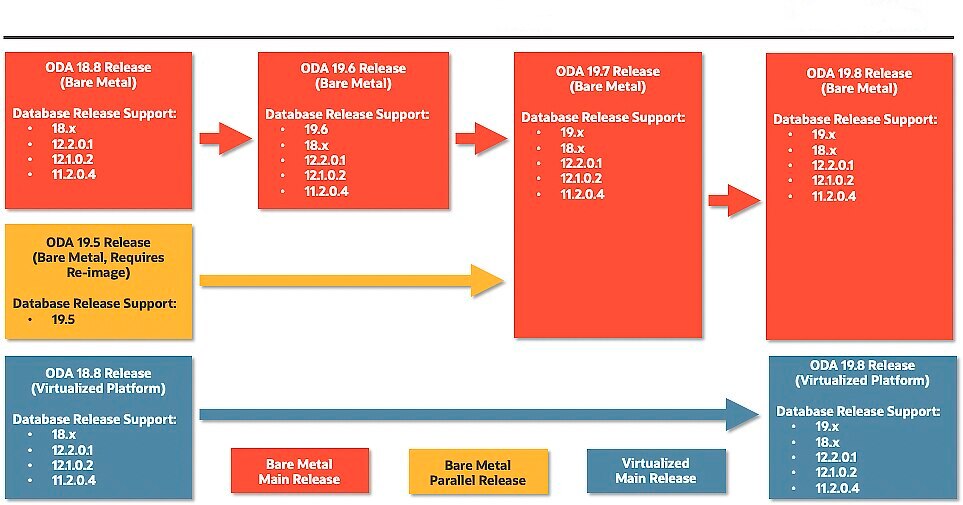The proceed to patch/upgrade ZDLRA is not complicated, but as usual, some details need to be checked before starting the procedure. Since it is one engineering system based at Exadata, the procedure has one part that (maybe) needs to upgrade this stack too. But, is possible to upgrade just the recovery appliance library.
Whatever if need or no to upgrade the Exadata stack, the upgrade for recovery appliance library is the same. The commands and checks are the same. The procedure described in this post cover the upgrade of the recovery appliance library. For Exadata stack, it is in another post.
Where we are
Before even start the patch/upgrade it is important to know exactly which version you are running. To do this execute the command racli version at you database node:
[root@zeroinsg01 ~]# racli version
Recovery Appliance Version:
exadata image: 19.2.3.0.0.190621
rarpm version: ra_automation-12.2.1.1.2.201907-30111072.x86_64
rdbms version: RDBMS_12.2.0.1.0_LINUX.X64_RELEASE
transaction : kadjei_julpsu_ip2
zdlra version: ZDLRA_12.2.1.1.2.201907_LINUX.X64_RELEASE
[root@zeroinsg01 ~]#
With this, we can discover the ZDLRA version running (12.2.1.1.2.201907 in this case), and the Exadata image version (19.2.3.0.0.190621).
Click here to read more…

